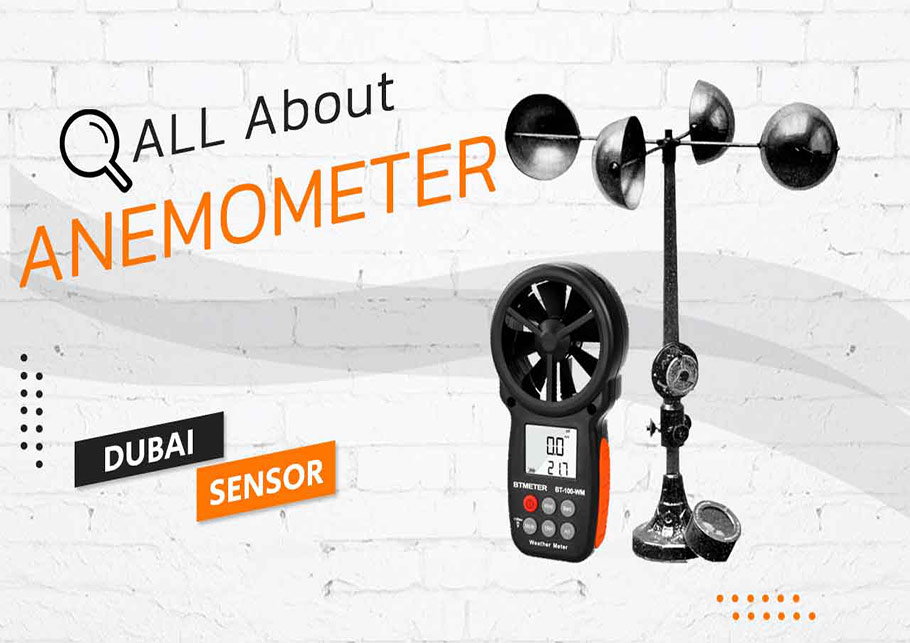How to Keep and Look After Your Anemometer to Make Certain Long Life
How to Keep and Look After Your Anemometer to Make Certain Long Life
Blog Article
Anemometers Revealed: Recognizing Their Relevance in Ecological Surveillance and Precaution
The function of anemometers in ecological tracking and safety and security steps is commonly ignored, yet their value is indisputable. These instruments have a long background rooted in clinical inquiry and technological advancements, progressing to come to be important tools in numerous fields. From meteorology to aeronautics security, anemometers play a critical role in providing precise data that notifies decision-making processes and enhances total safety and security. Recognizing the ins and outs of anemometers reveals a world of critical understandings that are essential to our understanding of the environment and the actions we require to make sure safety.
Background of Anemometers
The advancement of anemometers can be traced back to the old worlds where basic wind gauging devices were very first made use of. One of the earliest known anemometers was the hemispherical mug anemometer invented by Leon Battista Alberti in the 15th century.
In the 18th century, the prominent scientist John Thomas Romney Robinson presented the Robinson anemometer, which included 4 hemispherical mugs installed on straight arms that expanded from a main axis. This style came to be a standard in meteorological measurements because of its precision and integrity. Over the years, improvements in modern technology led to the development of more modern-day anemometers, including ultrasonic anemometers and laser Doppler anemometers, using increased accuracy and performance in determining wind rate and direction. The background of anemometers showcases an exceptional trip of development and progress in the field of weather forecasting.
Kinds Of Anemometers
Throughout the field of weather forecasting, different kinds of anemometers have been developed to properly determine wind speed and direction. Sonic anemometers make use of ultrasonic signals to gauge wind speed and direction accurately. Hot-wire anemometers operate based on the concept that the cooling effect of wind on a warmed wire is proportional to the wind rate.
Applications in Meteorology
Having gone over the numerous kinds of anemometers utilized in meteorology for measuring wind speed and direction, it is important to explore their useful applications in the area. Anemometers play a crucial function in meteorology by supplying precise and real-time information on wind problems (anemometer). Meteorologists utilize anemometers to check wind speed and direction to forecast weather patterns, problem cautions for serious climate events like cyclones, tornadoes, and tornados, and examine weather for air travel safety and security
In weather forecasting, anemometers aid in understanding local and neighborhood wind patterns, which are crucial for anticipating climate changes and establishing climatic patterns. These devices are additionally used in research study to research microclimates, city warm islands, and air pollution dispersion. In addition, anemometers are used in farming to enhance crop administration practices, such as irrigation and pesticide application, based upon wind conditions.
Significance in Aviation Safety
An essential facet of making certain air travel security depends on the thorough tracking of wind problems utilizing anemometers. Anemometers play a vital function in aviation by giving real-time information on wind speed and instructions, helping pilots in making informed choices during take-off, flight, and touchdown. Unpredictable and solid winds can dramatically affect aircraft operations, making it vital for aeronautics authorities to count on exact wind dimensions to make sure the safety of travelers and staff.

In the dynamic atmosphere of air travel, where even minor adjustments in wind rate and instructions can have profound effects, anemometers stand as crucial tools for advertising protected and secure air travel.
Duty in Environmental Research
Exactly how do anemometers add to developments in ecological research? Anemometers play a crucial duty in environmental research study by giving vital information on wind speed and direction. This details is vital for comprehending various climatic processes, such as air contamination diffusion, weather patterns, and environment change. By properly measuring wind qualities, anemometers aid researchers examine the movement of pollutants in the air, evaluate the effect of industrial exhausts, and forecast the spread of impurities in the environment.


Final Thought
In conclusion, anemometers have played a vital function in environmental monitoring and safety and security actions. Recognizing the relevance of anemometers is vital for accurately gauging wind speed and instructions, which is crucial for predicting climate patterns, making sure safe aeronautics operations, and conducting environmental research studies.
One of the earliest known anemometers was the hemispherical mug anemometer developed by Leon Battista Alberti in the 15th century. Over the years, improvements in technology led to the development of more modern-day anemometers, including ultrasonic anemometers and laser Doppler anemometers, using enhanced accuracy and effectiveness in determining wind rate and instructions. Hot-wire anemometers click to find out more operate based on the concept that the cooling impact of wind on a heated cord is symmetrical to the wind rate. Meteorologists make use of anemometers to check wind rate and direction to forecast weather condition patterns, issue warnings for serious climate occasions like typhoons, hurricanes, and storms, and analyze atmospheric problems for aviation safety and security.
Recognizing the importance of anemometers is necessary for precisely measuring wind rate and direction, which is essential for forecasting climate patterns, making certain secure aviation operations, and performing ecological studies. (anemometer)
Report this page